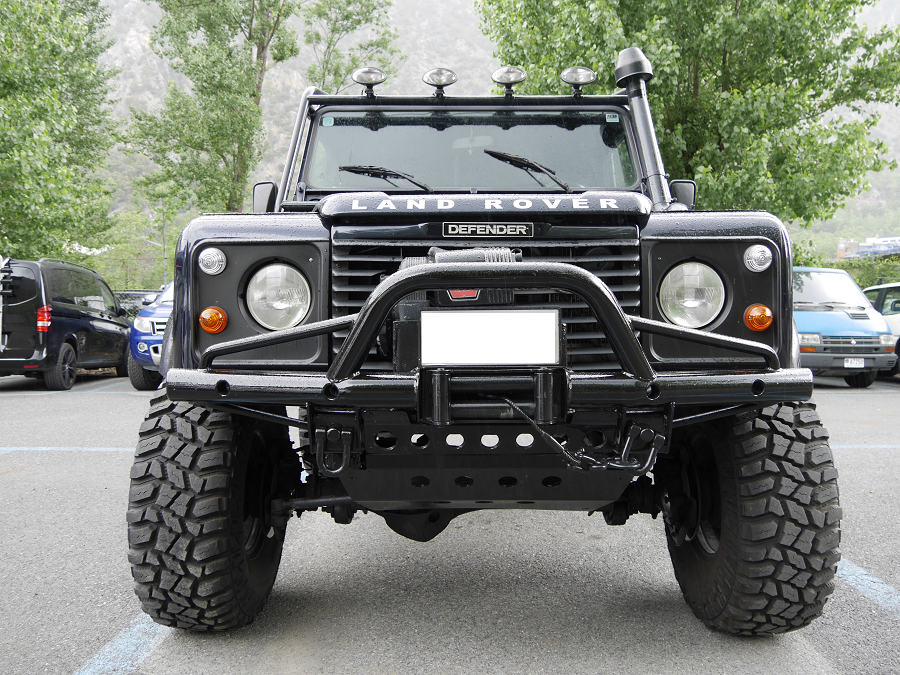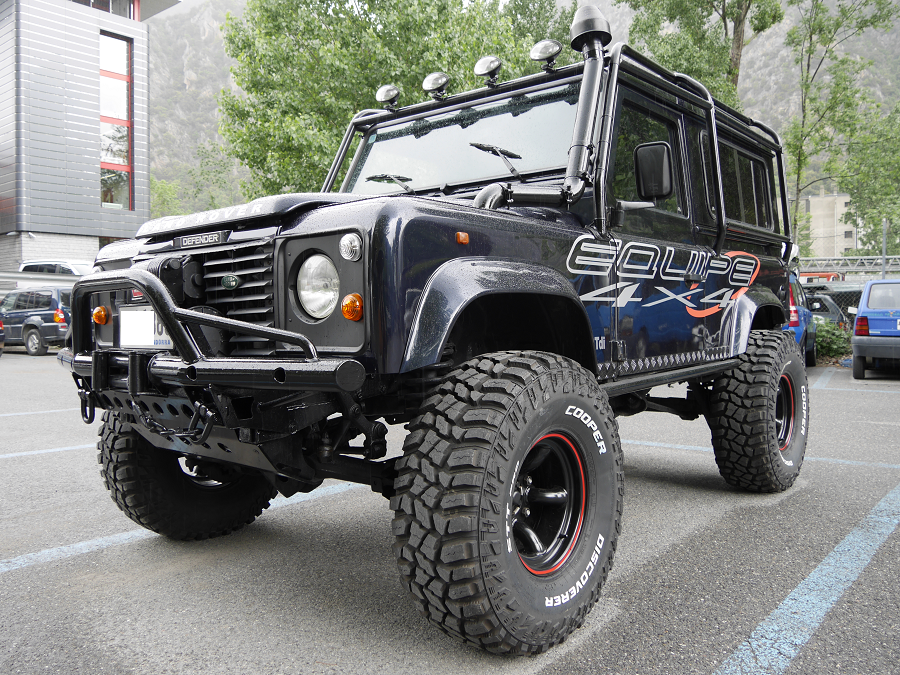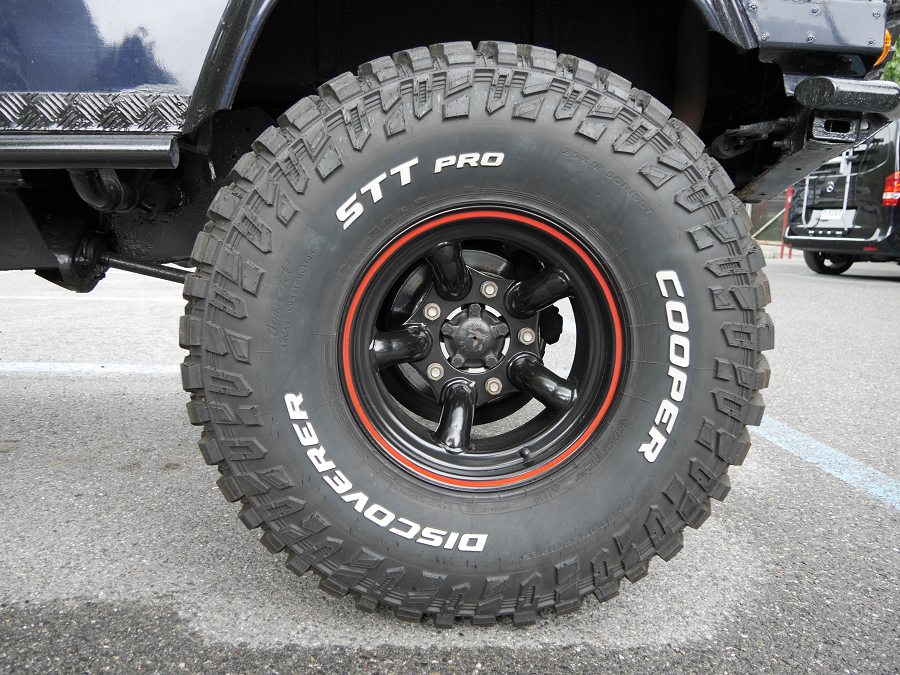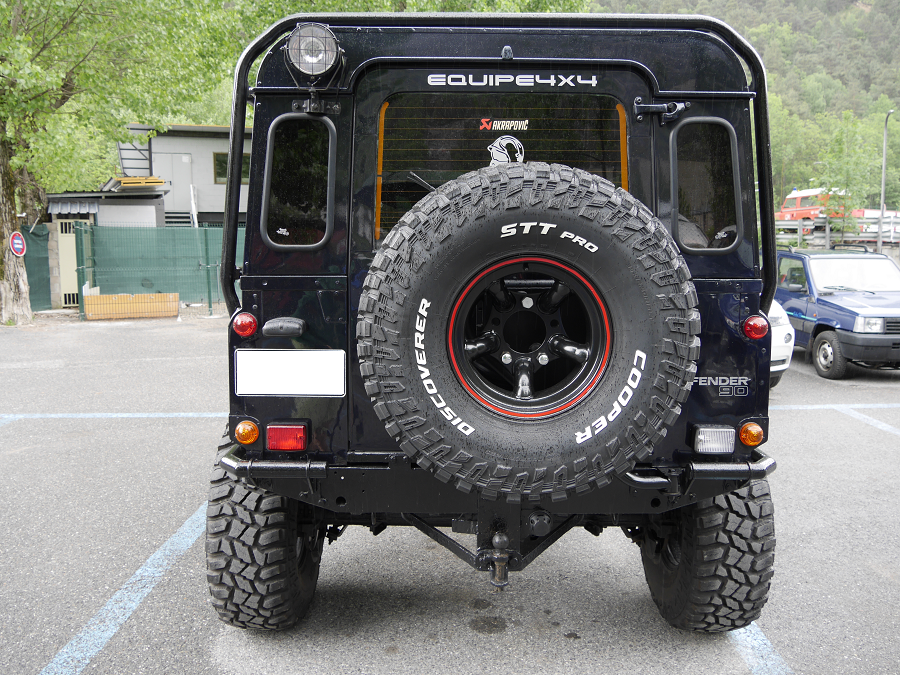Land Rover Defender 90: British offroad car. Full equipment
The Land Rover Defender (initially introduced as the Land Rover 110 / One Ten, and in 1984 joined by the Land Rover 90 / Ninety, plus the new, extra-length Land Rover 127 in 1985) is a series of British off-road cars and pickup trucks. They consistently have four-wheel drive, and were developed in the 1980s from the original Land Rover series which was launched at the Amsterdam Motor Show in April 1948. Following the 1989 introduction of the Land Rover Discovery, the term ‘Land Rover’ became the name of a broader marque, and thus no longer worked as the name of a specific model; thus in 1990 Land Rover renamed the 90 and 110 as Defender 90 and Defender 110 respectively. The 127 became the Defender 130.
The vehicle, a British equivalent of the Second World War derived (Willys) Jeep, gained a worldwide reputation for ruggedness and versatility. Using a steel ladder chassis and an aluminium alloy bodywork, the Land Rover originally used detuned versions of Rover engines. The original Defender is still being produced in developing countries despite the arrival of the Land Rover Defender (L663).
Land Rover 90 and 110
Production of the model now known as the Defender began in 1983 as the Land Rover 110, a name which reflected the 110-inch (2,800 mm) length of the wheelbase. The Land Rover 90, with 93-inch (2,362 mm) wheelbase, and Land Rover 127, with 127-inch (3,226 mm) wheelbase, soon followed.
Superficially there is little to distinguish the post-1983 vehicles from the Series III Land Rover. A full-length bonnet, revised grille, plus the fitting of wheel arch extensions to cover wider-track axles are the most noticeable changes. Initially the conservative engineering department insisted that the Land Rover was also available with a part-time 4WD system familiar to derivatives produced since 1949. However, the part-time system failed to sell and was quickly dropped from the options list by 1984. While the engine and other body panels carried over from the Series III, mechanically the 90 and 110 were modernised, including:
- Coil springs, offering a more compliant ride and improved axle articulation
- A permanent four-wheel-drive system derived from the Range Rover, featuring a two-speed transfer gearbox with a lockable centre differential
- A modernised interior
- A taller one-piece windscreen
- A new series of progressively more powerful and modern engines
Defender
The biggest change to the Land Rover came in late 1990, when it became the Land Rover Defender, instead of the Land Rover 90 or 110. This was because in 1989 the company had introduced the Discovery model, requiring the original Land Rover to acquire a name.
The Discovery also had a new turbodiesel engine, the 200TDi. This was also loosely based on the existing 2.5-litre turbo unit, and was built on the same production line, but had a modern alloy cylinder head, improved turbocharging, intercooling and direct injection.
It retained the block, crankshaft, main bearings, cambelt system, and other ancillaries as the Diesel Turbo. The breather system included an oil separator filter to remove oil from the air in the system, thus finally solving the Diesel Turbo’s main weakness of re-breathing its own sump oil.
The 200Tdi, produced 107 hp (80 kW) and 195 lb⋅ft (264 N⋅m) of torque, which was nearly a 25% improvement on the engine it replaced (although as installed in the Defender the engine was de-tuned slightly from its original Discovery 111 hp (83 kW) specification due to changes associated with the turbo position and exhaust routing).
Engine versions
2.8 L BMW M52B28 petrol I6
3.9 L Rover V8 petrol V8
5.0 L Jaguar AJ-V8 petrol V8 Supercharged
2.2 L Ford Duratorq turbodiesel I4
2.4 L Ford Duratorq turbodiesel I4
2.5 L 200 Tdi turbodiesel I4
2.5 L 300 Tdi turbodiesel I4
2.5 L Td5 turbodiesel I5
Transmission versions
5-speed LT77 manual
5-speed R380 manual
4-speed ZF 4HP22 automatic
6-speed GFT MT-82 manual

















